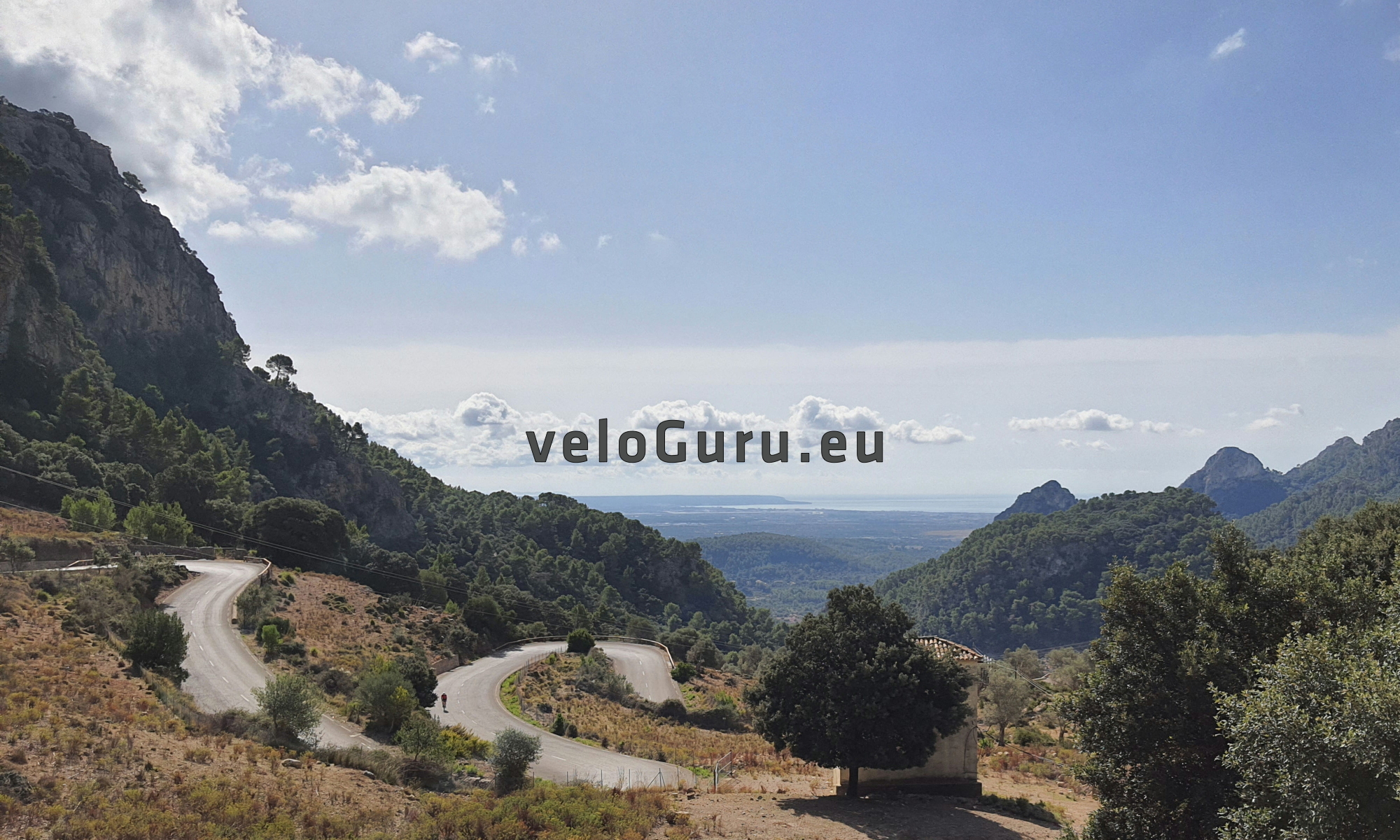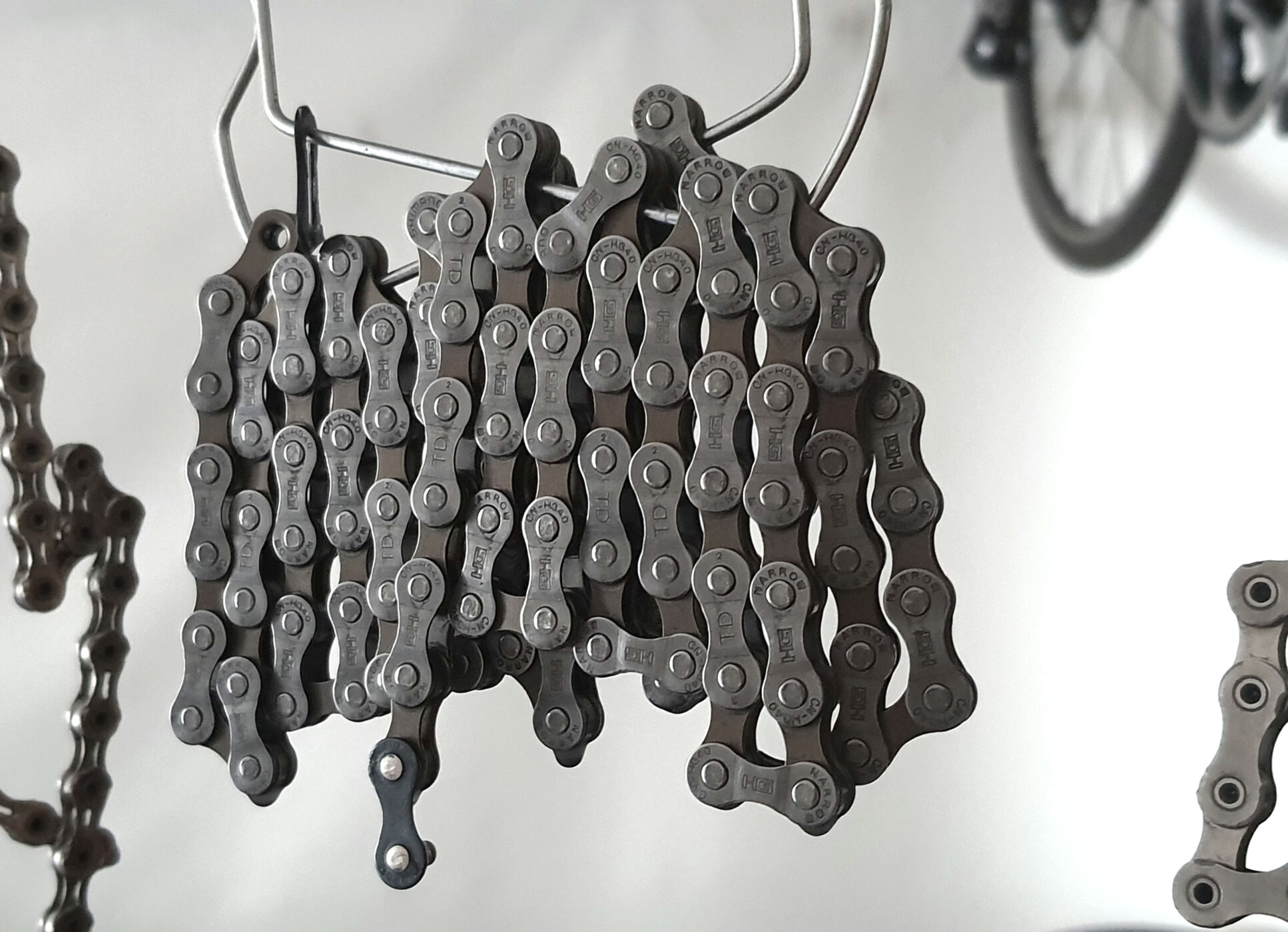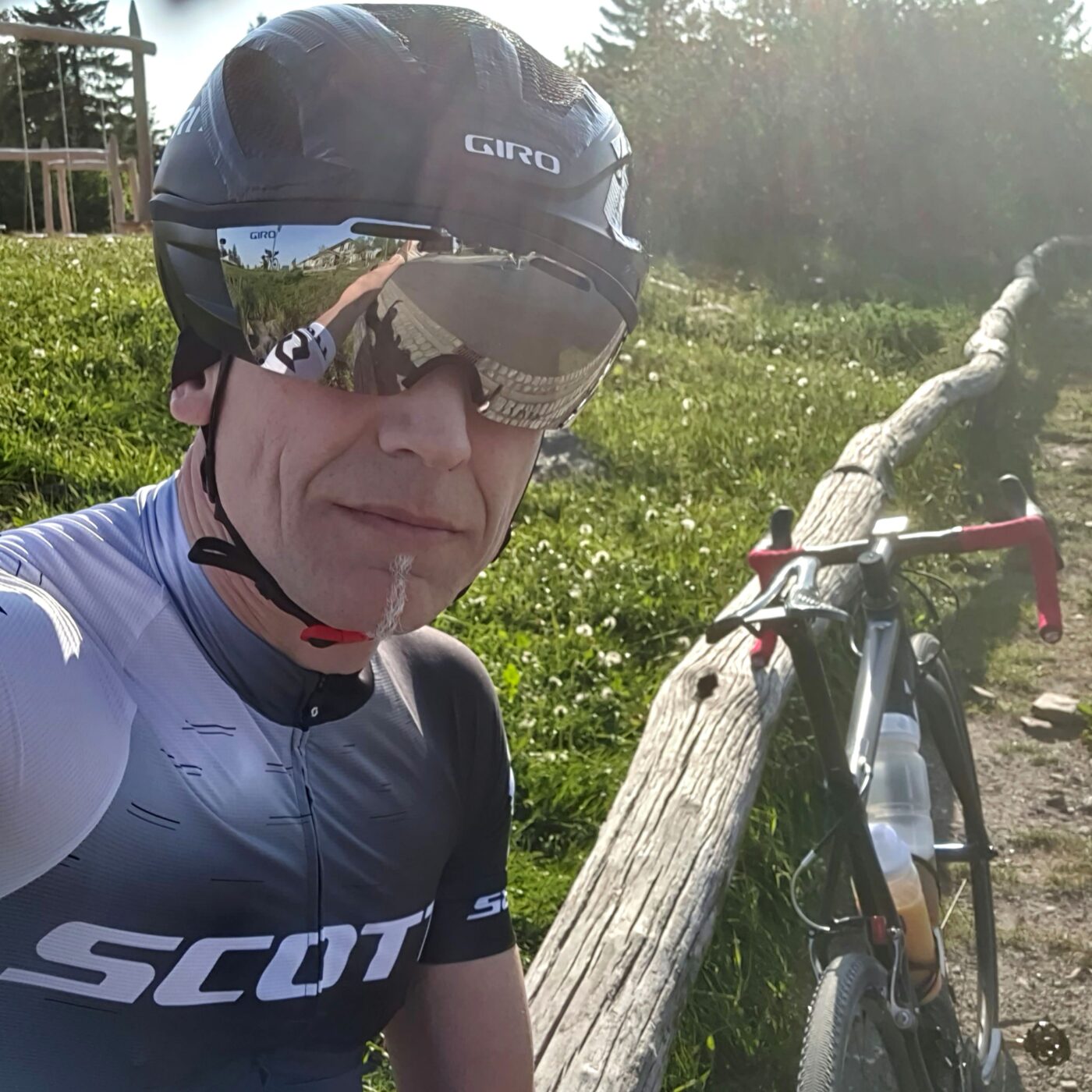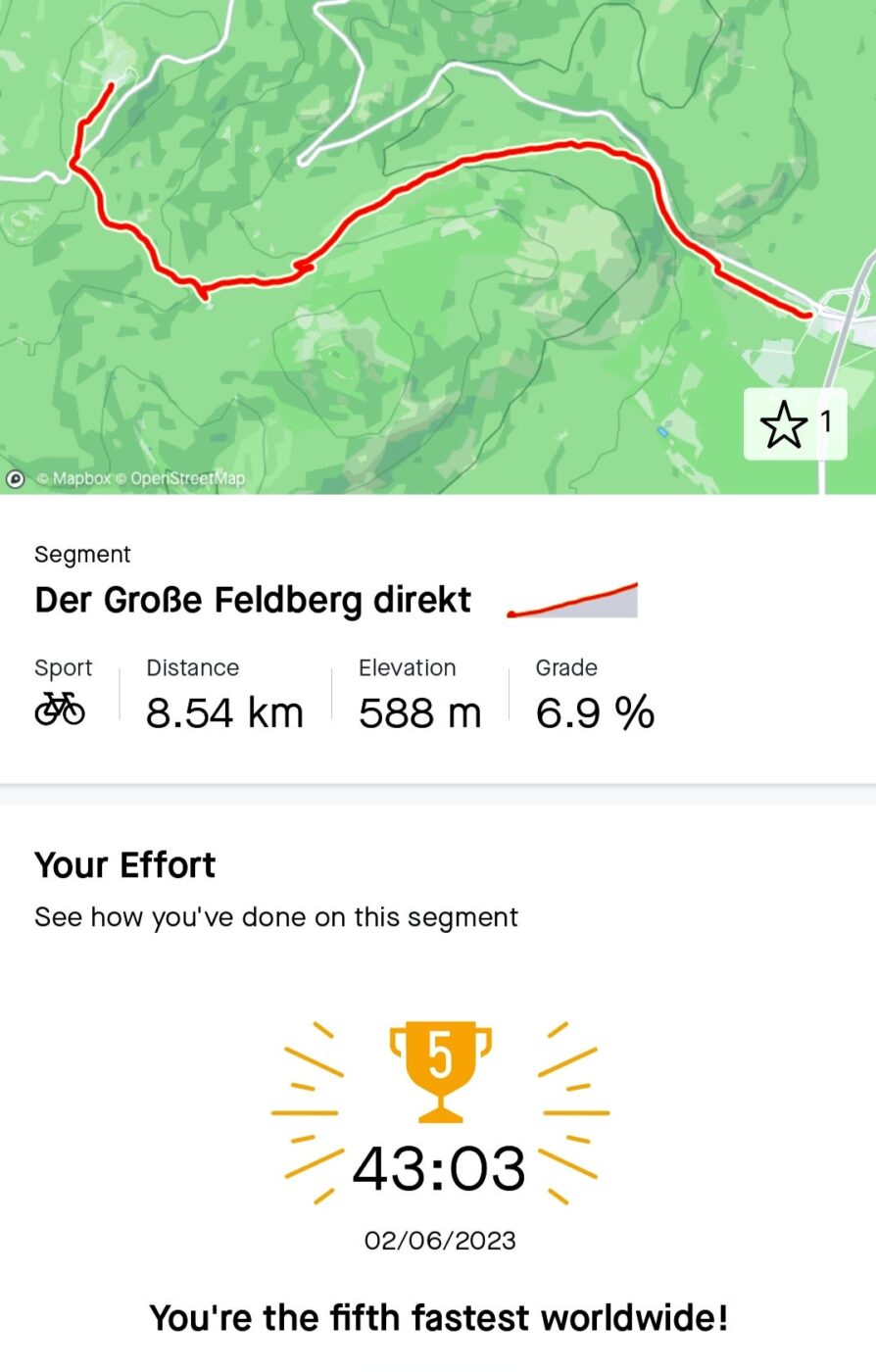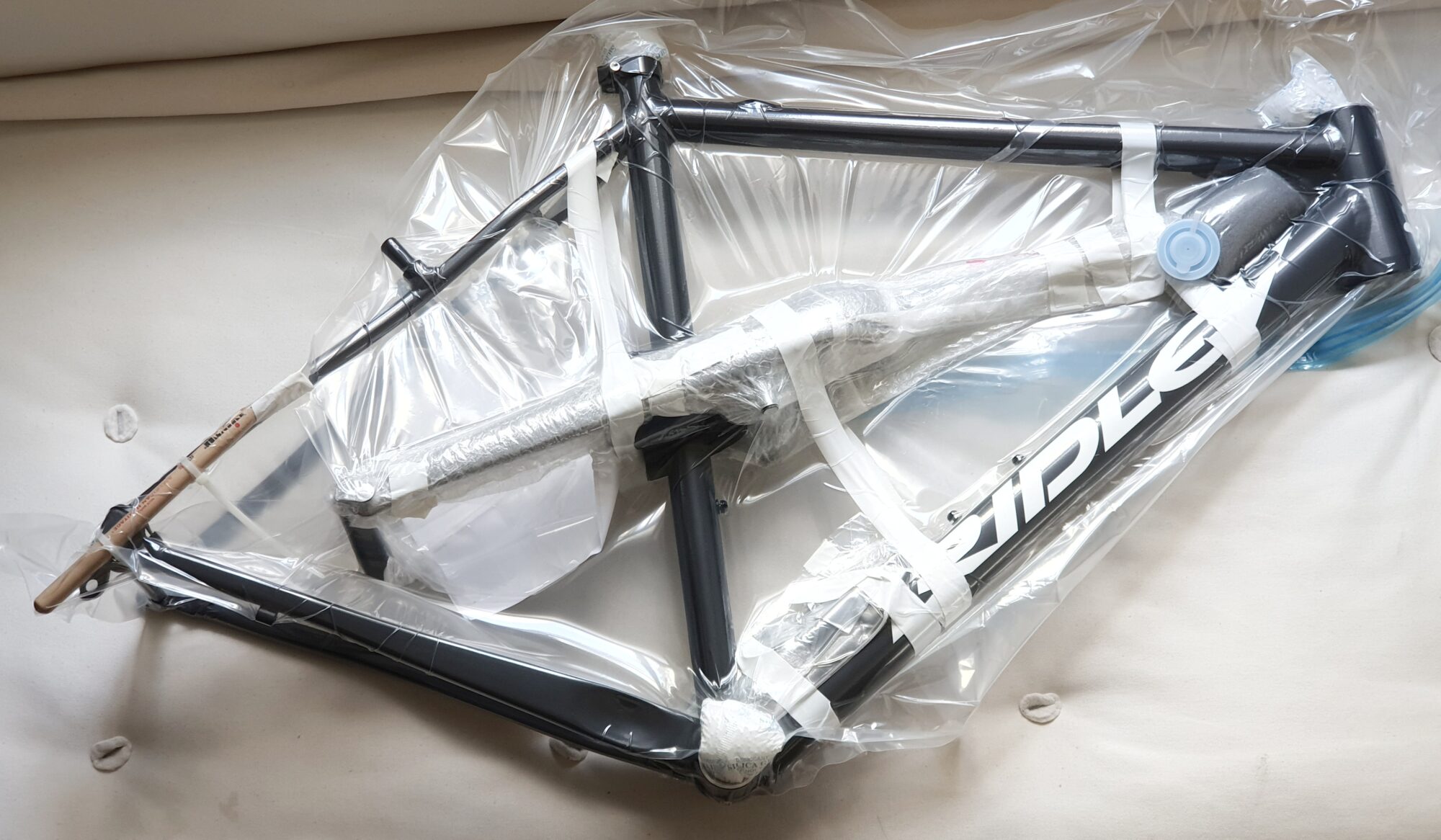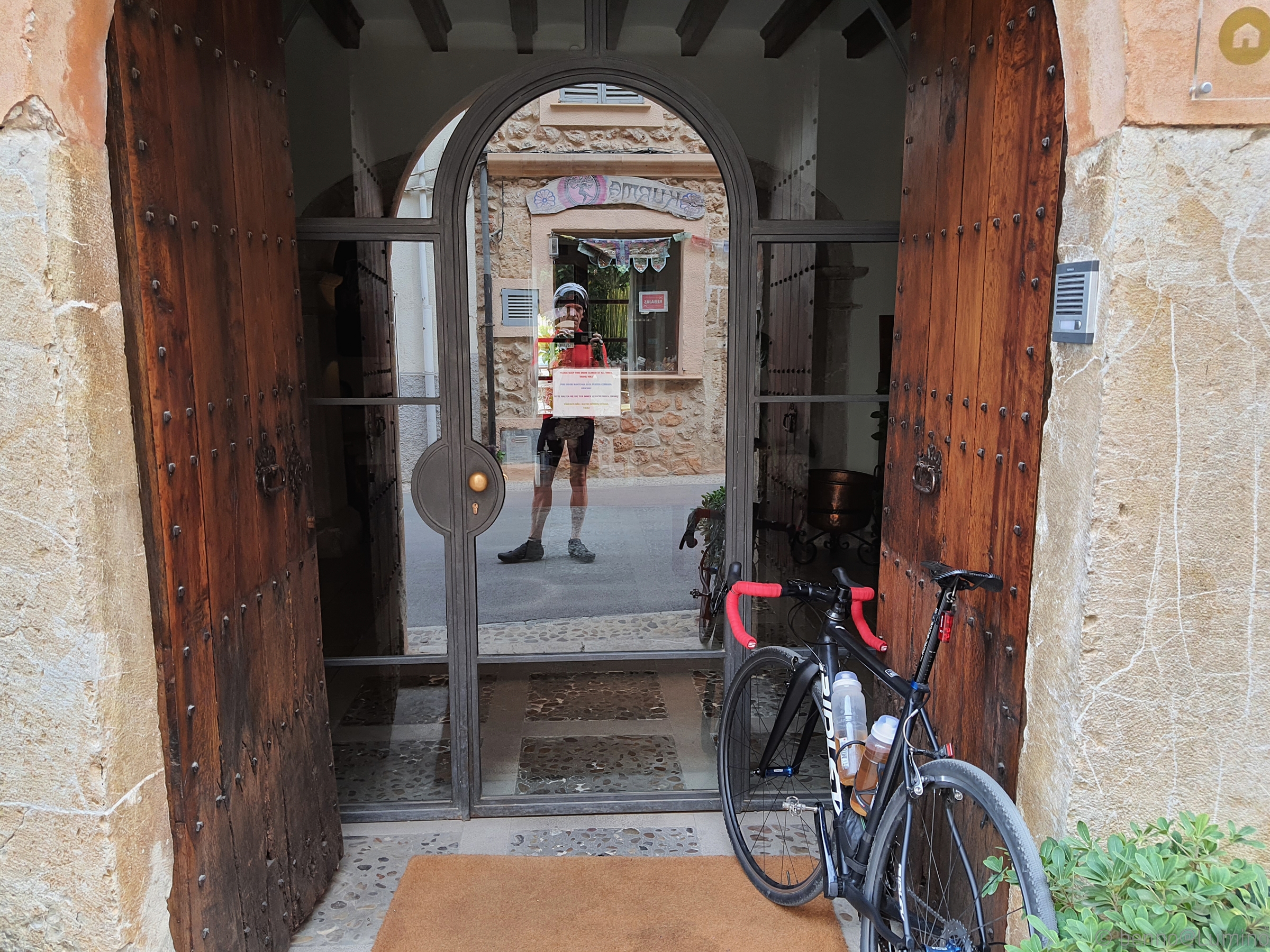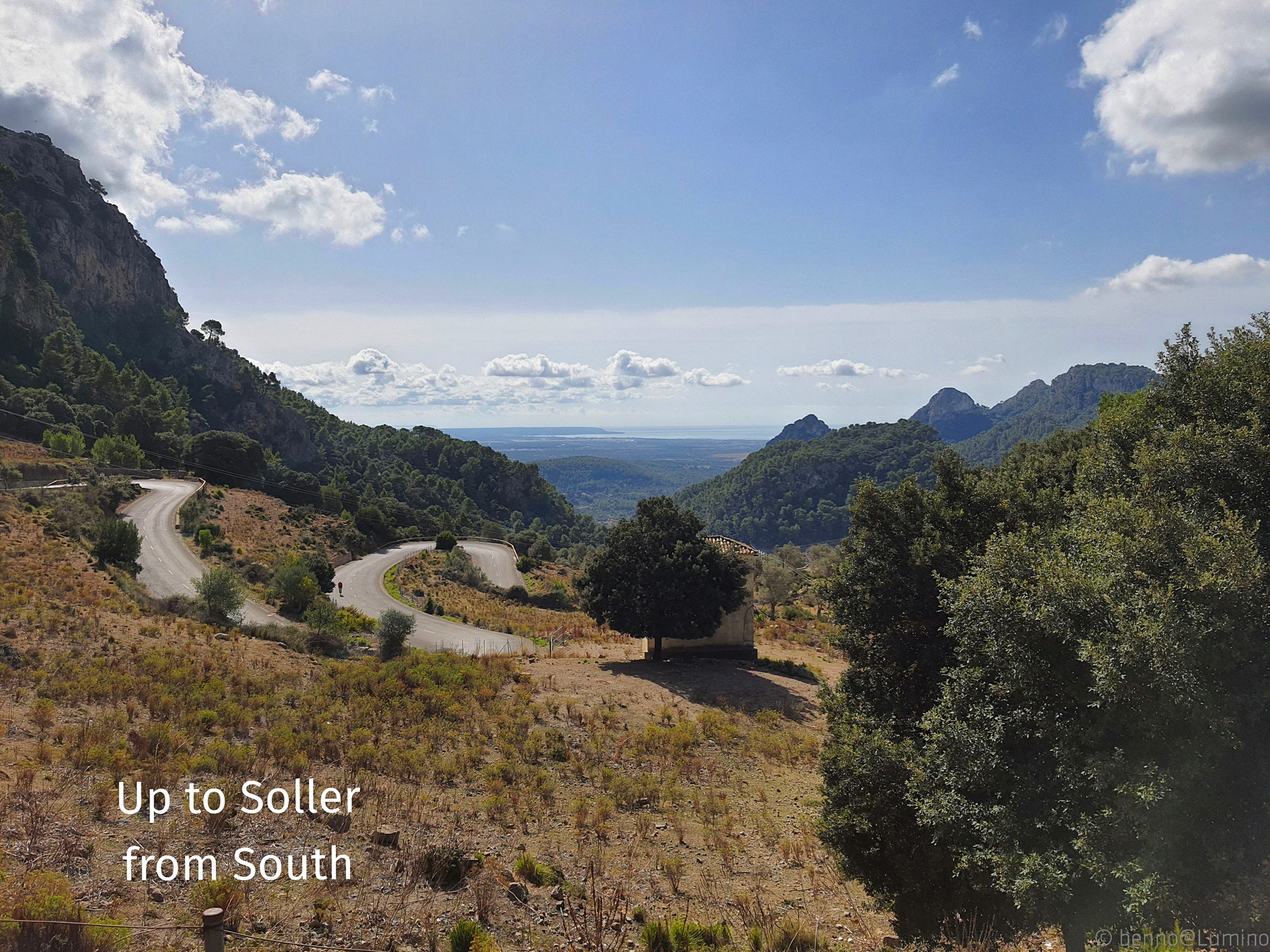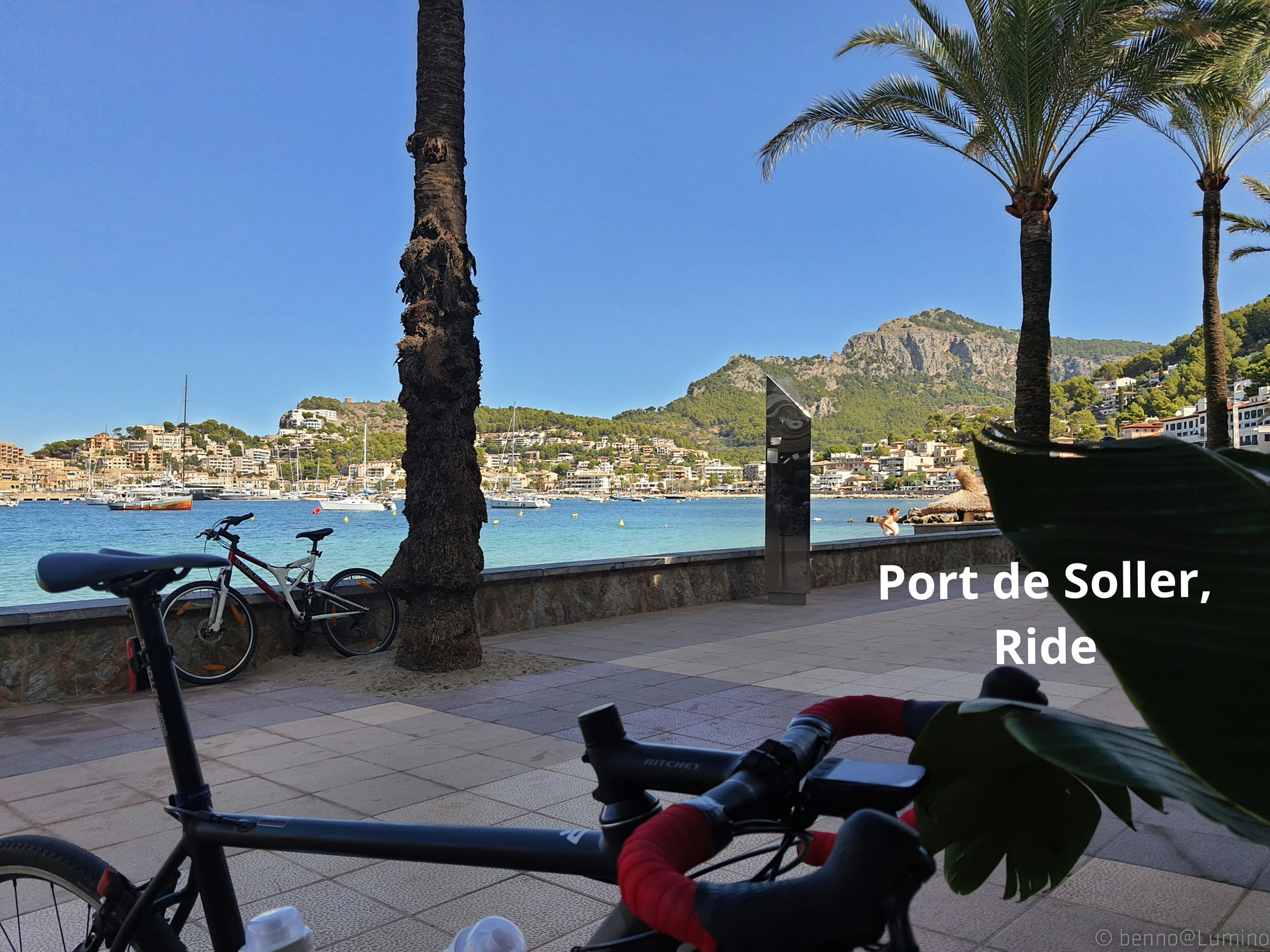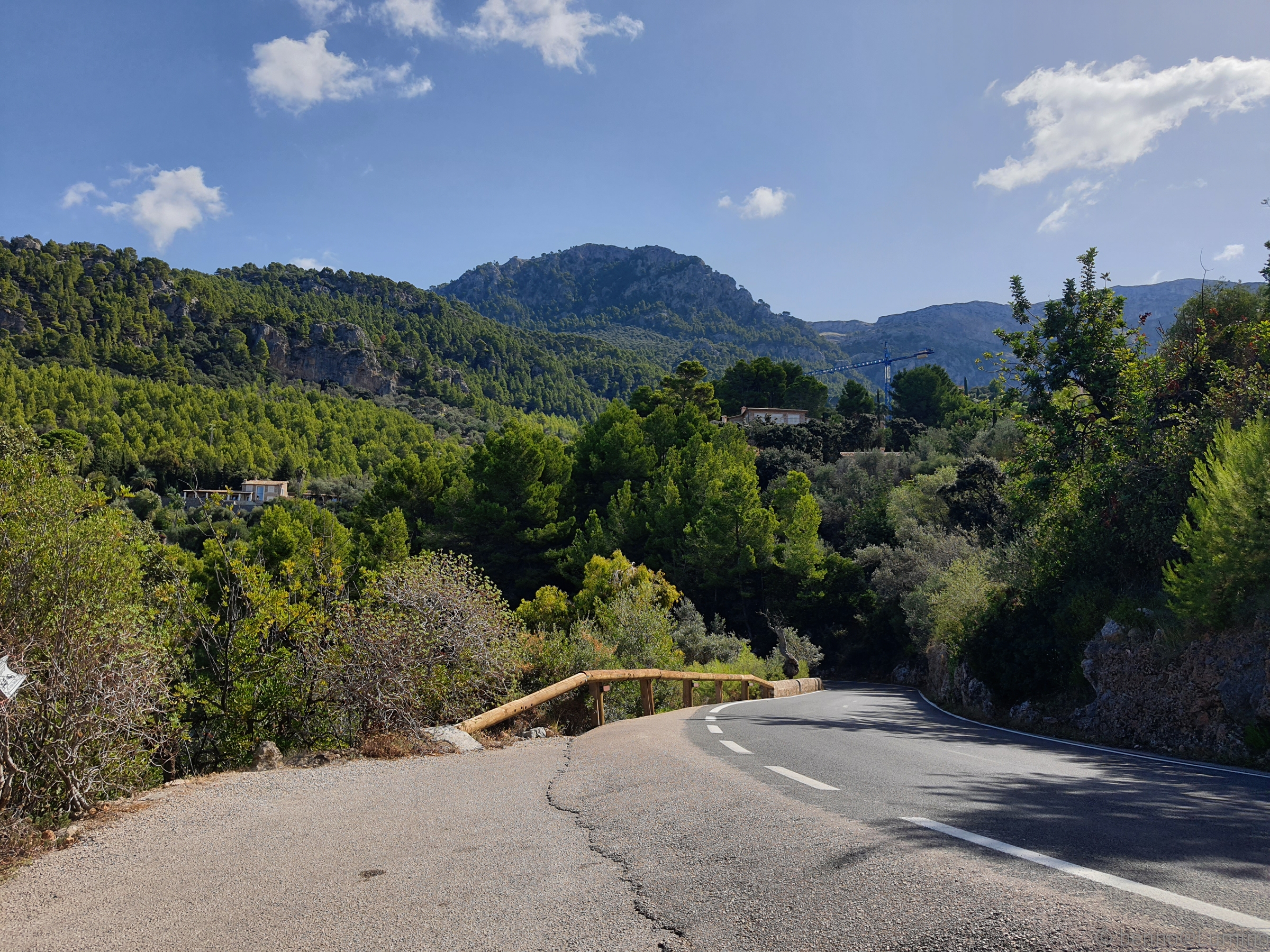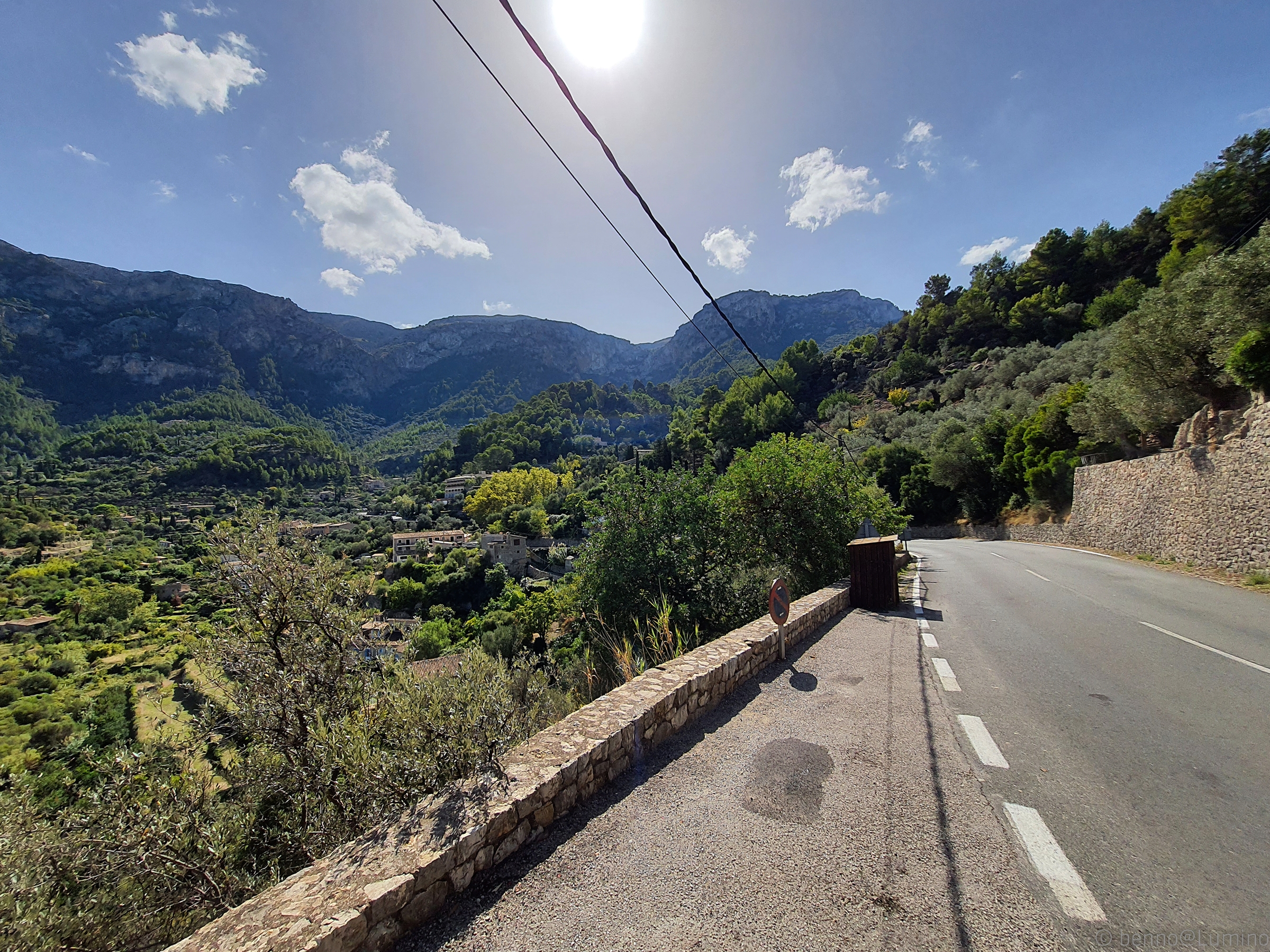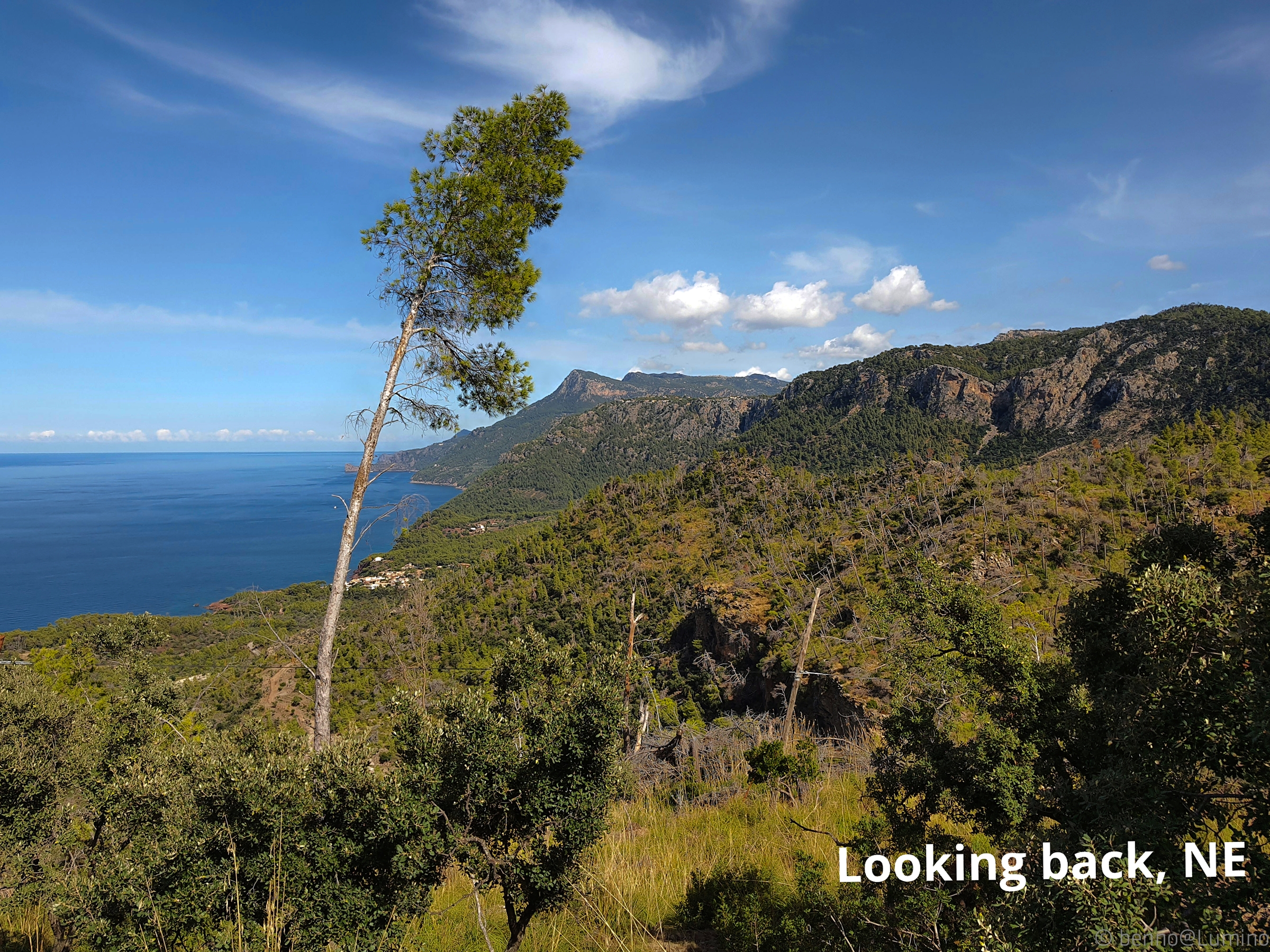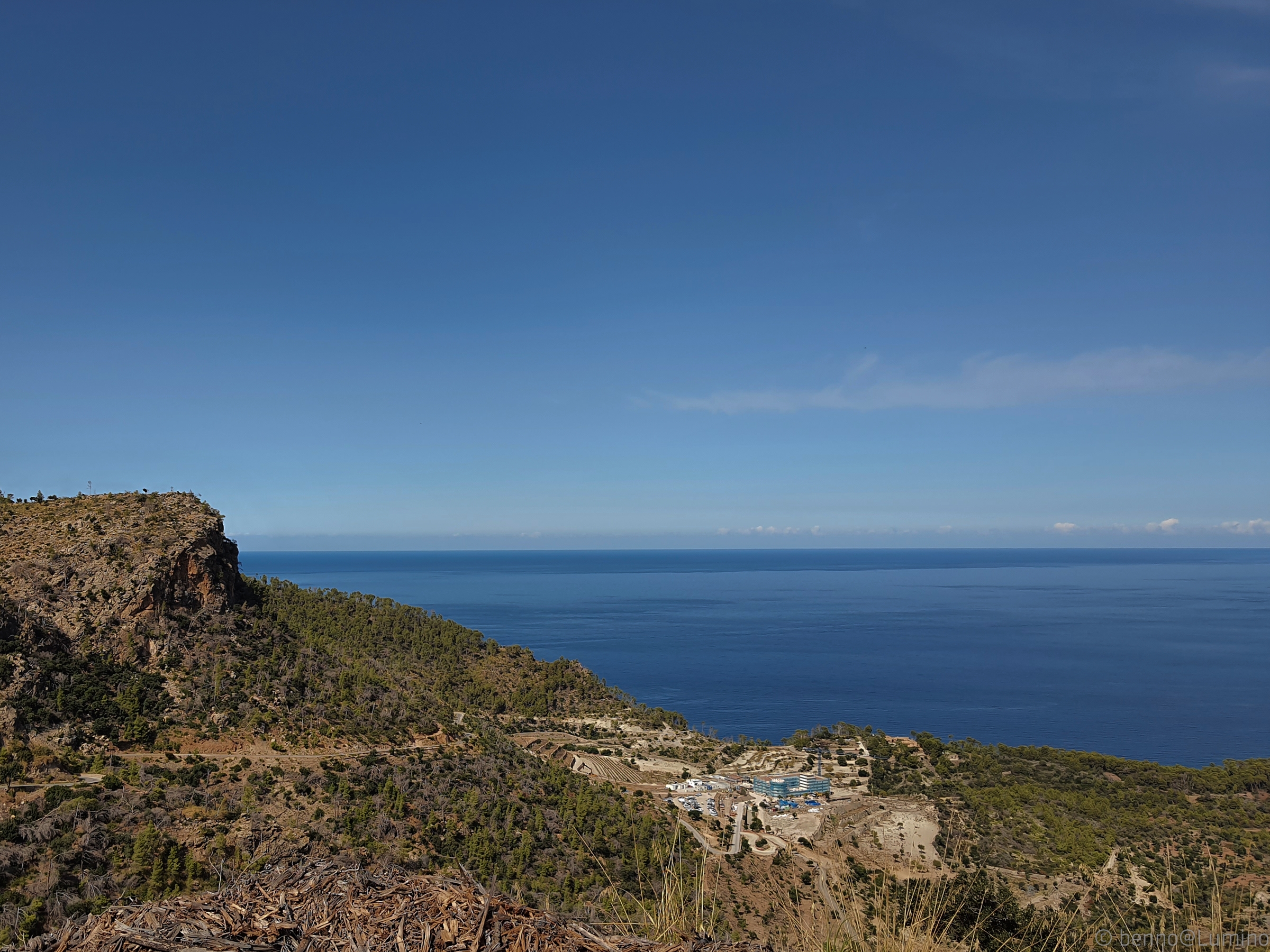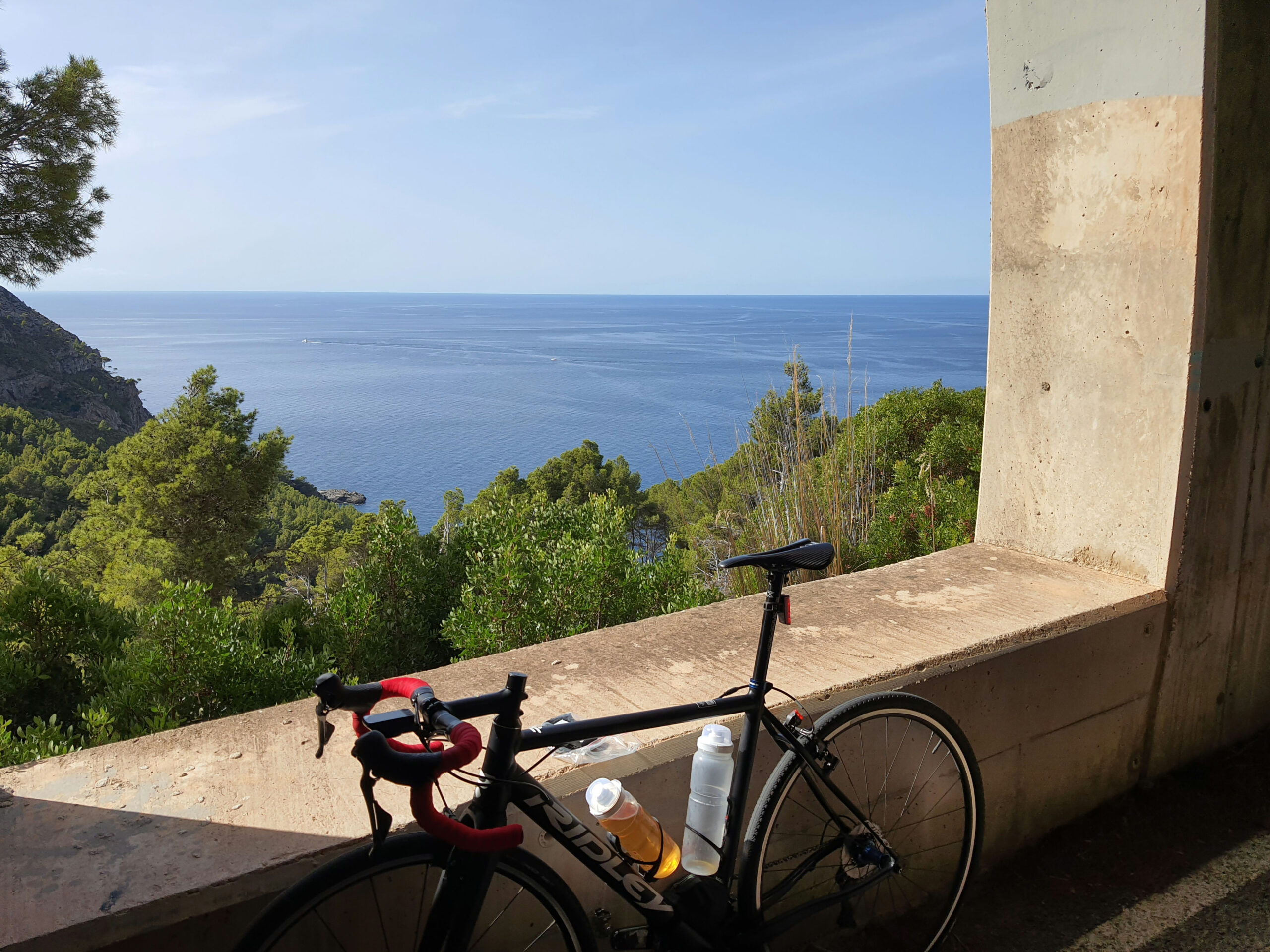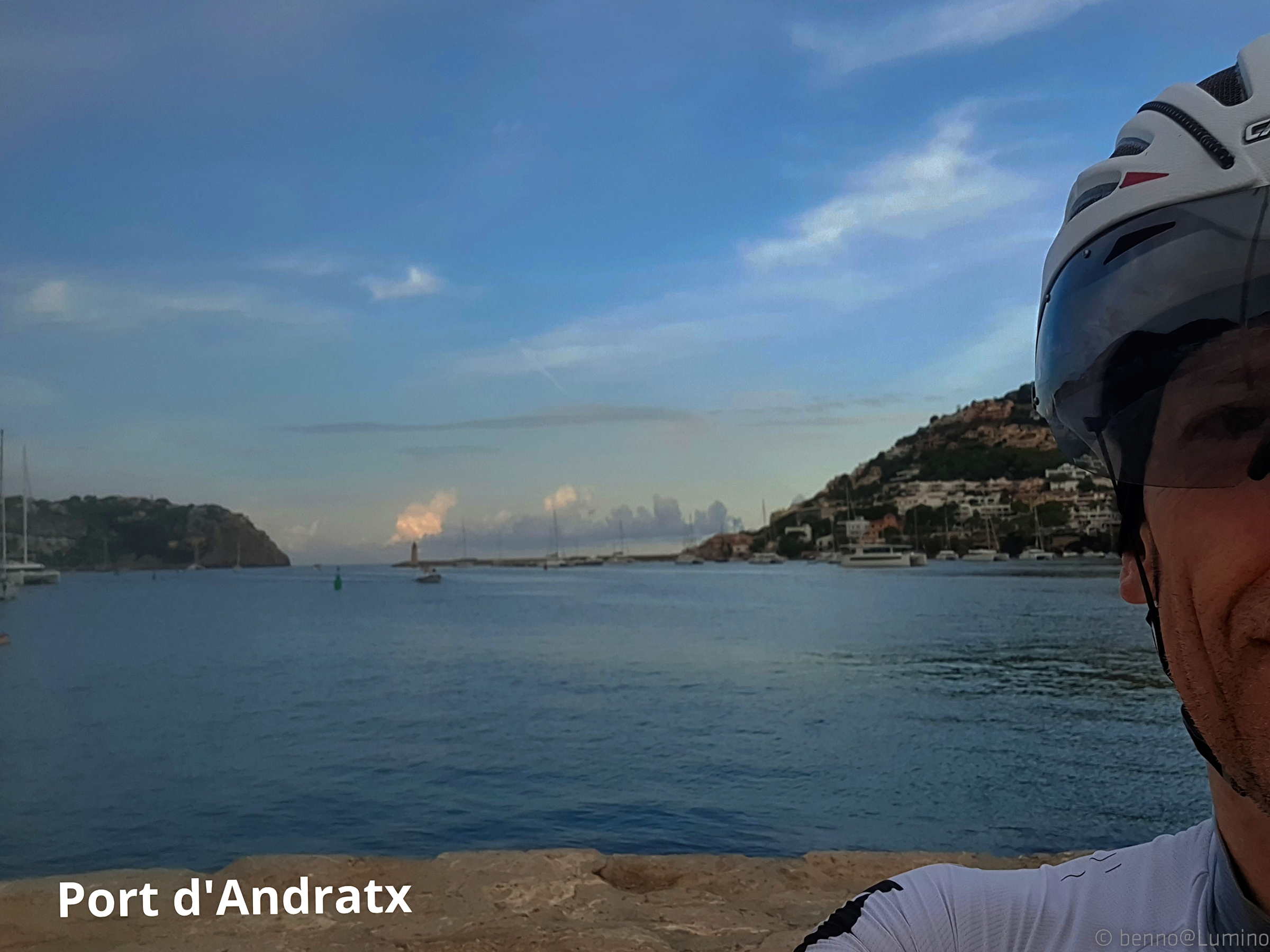(German below)
– An attempt to enable an educated decision on choice of braking system –
(and why I still prefer rim brakes for lightweight and maintainable bikes with narrow tires)
First up: Everyone should know what they want and/or need, and then decide.
No system has only advantages or disadvantages – the facts and purpose should be considered. Simple.
Also, rim brakes are not suddenly dangerous. But hear me out.
Observation
Disc brakes are suitable for people with
– a healthy “I do not really care, there are more important topics in life” attitude
– waning hand strength due to physical inhibitions
– heavy bikes, and such with motors of some kind
– half knowledge, contrived from brand marketing, social media shills and more
– need for recognition and low self esteem (“pros have them”, “everybody has them”, “expensive and/or the latest, must be better”, …)
My collection regarding disc brakes on velos:
– can flip a bike into a somersault with just one finger on the front brake
(well tuned rim brakes need about two fingers for that :-P)
– provide more stopping power in relation to the same hand input
(That varies greatly with brake track in question and material of brake cartridge used:
An aluminium rim/brake track with correct choice of cartridge has comparable
stopping power to a disc brake system, especially in dry conditions.
In wet conditions, disc brakes “bite” harder. But with thin tires, the rubber loses grip on the (now wet, remember?) asphalt as well…so you slide out quicker, or, cannot really use the power they provide.
Longer descends tend to overheat the discs, which can lead to loss of braking power.
Pistons tend to get stuck then as well, which can lead to locking of brakes.
Overheated discs tend to warp, which can lead to scraping sounds.
– the whole system is 400g-500g heavier than rim brake systems
(Taking into account all parts, which, next to rotor, caliper, hoses, grips is also
the reinforcement of fork legs/frame stays, hubs and the higher spoke count,
to take the high load of the braking forces at a rather small diameter.
– less aero
(Rim brakes are positioned in “dirty air”, in turbulence caused by the tire, which hits
the air first, and are therefore negligable. Rotors are air cooled and have vents, and
are located outside of the wheel in the wind.
And a radial spoke pattern (without crossing) is impossible to use, for the brake forces
need to travel through hub via spokes to rim and tire, and the spokes would simply
sheer off.
– loss of front wheel symmetry
Due to the rotor needing space on the non-drive side, the symmetry of the spoke angles
towards the hub is lost, which needs to be compensated for with uneven spoke tension
left to right, resulting in a less stable front wheel.
– Pros know how to brake. Really. Most of us (me included) do not.
Meaning, they know the limits of their tires, and sometimes go beyond them.
Even if disc brakes “bite more” in the wet, it is the contact patch of rubber on tarmac
which really slows us down after all. So, if I hardly ever use the full potential of whichever
brake system, why does it matter to have more bite, all of a sudden?
– Disc brake systems are more costly to maintain.
(The word of “brake track failure” on rim brake wheels I have heard, but I have never
seen a worn track, have you? As you will have to change rims or even wheels over time
with any brake system due to stress loads just rolling along, I have not found this
point to matter.
World tour mechanic on the topic (starts min 3:29)
Chris Froome on the topic (starts min 8:37)
June 2022 – I will gladly update fresh findings and arguments in the future.
////////
///////// German, thanks, google 😉 ////////
– Ein Versuch, eine fundierte Wahl des Bremssystems zu ermöglichen –
(und warum ich bei leichten und wartungsfreundlichen Rädern mit schmalen Reifen immer noch Felgenbremsen bevorzuge)
Zunächst einmal: Jeder sollte wissen, was er will und/oder braucht, und dann entscheiden.
Kein System hat nur Vor- oder Nachteile – die Fakten und der Zweck sollten berücksichtigt werden, ganz einfach.
Auch sind Felgenbremsen nicht plötzlich unwirksam oder gar gefährlich. Aber eines nach dem anderen:.
Beobachtung:
Scheibenbremsen sind geeignet für Menschen mit
– einer gesunden „Ist mir eigentlich egal, es gibt wichtigere Themen im Leben“-Einstellung
– nachlassender Handkraft aufgrund körperlicher Einschränkungen
– schweren Fahrrädern und solchen mit irgendwelchen Motoren
– Halbwissen, gesammelt aus Markenmarketing, Social-Media-Kenntnissen und ähnlichem
– Bedürfnis nach Anerkennung und geringem Selbstwertgefühl („Rennsport-Pros fahren auch Discs“, „jeder hat sie“, „teuer und/oder das Neueste, muss besser sein“, …)
Und hier nun meine Sammlung zum Thema Scheibenbremse am (Renn-)Velo:
– kann ein Fahrrad mit nur einem Finger an der Vorderradbremse in einen Salto zwingen
(gut abgestimmte Felgenbremsen brauchen dafür etwa zwei Finger :-P)
– bieten mehr Bremskraft in Relation zur gleichen Handkraft
(das ist je nach Bremsflanke und Material der verwendeten Bremsgummis sehr unterschiedlich allerdings:
Die Bremsleistung mit Alufelge/Alu-Bremsflanke bei richtiger Wahl der Gummimischung
ist mit der eines Scheibenbremssystems vergleichbar, insbesondere bei trockenen Bedingungen.
Bei Nässe „beißen“ Scheibenbremsen theoretisch härter zur, aber die Bodenhaftung ist letztlich, was zur Verzögerung des Rades führt – und mit schmalen Rennreifen ist da nicht viel (Bodenhaftung…).
Längere Abfahrten neigen dazu, die Scheiben zu überhitzen, was zu einem Verlust der Bremsleistung führen kann.
Auch die Brems-Kolben neigen dann zum Festsitzen, was zum Blockieren der Bremse führen kann.
Überhitzte Scheiben neigen zum Verziehen, was zu Schleifgeräuschen führen kann.
– das ganze Brems-System ist 400g-500g schwerer als Felgenbremssysteme
(Unter Berücksichtigung aller Teile, die neben Rotor, Bremssattel, Hydro-Schläuchen, Griffen auch die Verstärkung von Gabelbeinen/Rahmenstreben, Naben und die höhere Speichenzahl einrechnen muss, um die hohe Belastung der Bremskräfte bei eher kleinem Durchmesser aufzunehmen.
– weniger Aero
(Felgenbremsen befinden sich in „schmutziger Luft“, in Turbulenzen, die durch den zuerst auf die Luft treffenden Reifen verursacht werden sind daher vernachlässigbar. Rotoren sind luftgekühlt und haben Belüftungsöffnungen und befinden sich außerhalb des Rades im Wind, dadurch haben sie aerodynamisch eine höhere Bremswirkung.
Und ein radiales Speichenmuster (ohne Kreuzung) ist für die hohen Bremskräfte nicht zu verwenden, da diese durch Nabe über Speichen zu Felge und Reifen gelangen müssen – radiale Speichen würden dabei einfach abscheren. Damit ist auch die Einspeichung durch die nun notwendigen Kreuzungspunkte weniger aerodynamisch.
– Verlust der Vorderradsymmetrie
Bedingt durch den Platzbedarf des Rotors auf der Nicht-Antriebsseite, geht die Symmetrie der Speichenwinkel Richtung Nabe verloren, was durch ungleichmäßige Speichenspannung ausgeglichen werden muss von links nach rechts, was zu einem weniger stabilen Vorderrad führt.
– Profis wissen, wie man bremst. Wirklich bremst. Die meisten von uns (mich eingeschlossen) tun das nicht.
Das heißt, Pros kennen die Grenzen ihrer Reifen wie niemand sonst – so können wenn überhaupt sie von einem späten Anbremspunkt in Kurven mit Sekundenbruchteilen als Vorteil rechnen.
Aber auch wenn Scheibenbremsen bei Nässe „mehr zubeißen“, ist es die Kontaktfläche von Gummi auf Asphalt, die uns wirklich entschleunigt. Also, wenn ich kaum jemals das volle Potenzial von Felgenbremsen nutze, warum ist es plötzlich wichtig, noch mehr Biss zu haben?
– Scheibenbremssysteme sind teurer in der Wartung durch schneller Abnutzung und teurere Komponenten (Rotoren und Brems-Pads).
Im Gegenzug dazu habe ich das Wort „Bremsflankenbruch“ bei Felgenbremsrädern gehört, aber noch nie eine abgenutzte Felge gesehen – sonst irgendjemand? Im Laufe der Zeit müssen Räder sowieso wegen ermüdeter Speichen oder Naben erneuert werden, meist lange bevor Felgen “durchgebremst” worden sind.
Welttournee-Mechaniker zum Thema (ab Min. 3:29)
Chris Froome zum Thema (ab Minute 8:37)
Juni 2022 – Neue Erkenntnisse und Argumente werde ich in Zukunft gerne aktualisieren
